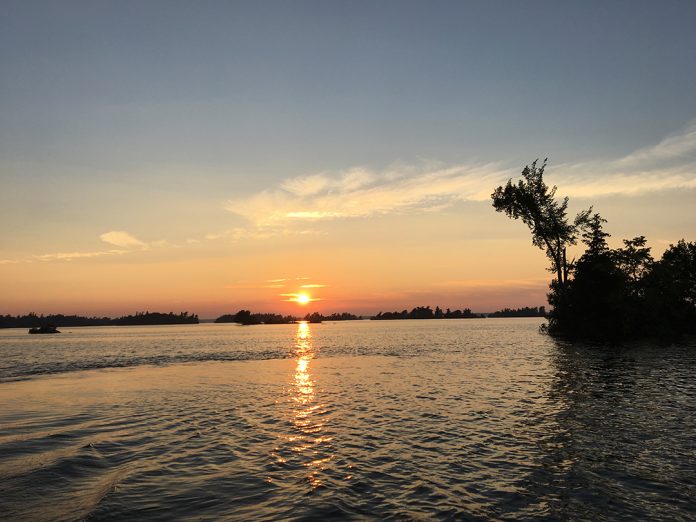The Thousand Islands National park is a series of 26 islands and roughly 90 islets, scattered for 80 km along the St. Lawrence River.
Most of the islands are ancient hills of Precambrian granite that connect the Canadian Shield with the Adirondack Mountains in New York.
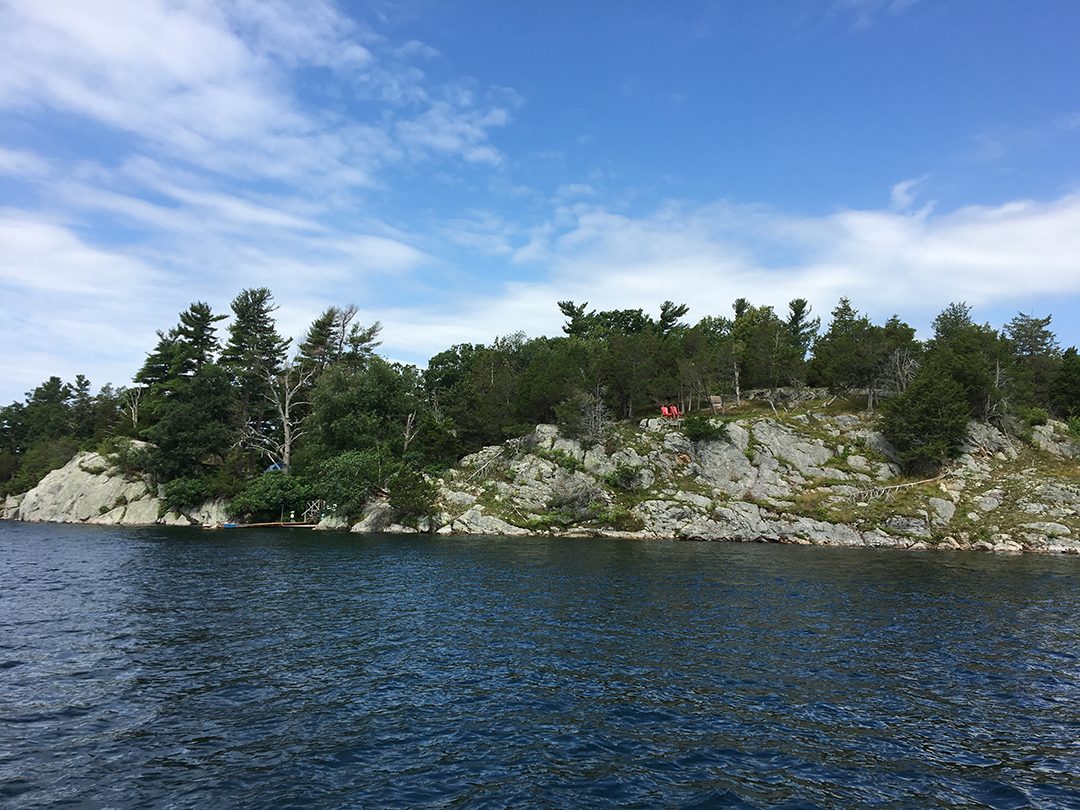
However, this relatively small national park, only 24.4 square kilometres, is responsible for connecting more than just geographical locations. It has a rich history that has connected animals to the Indigenous, Indigenous to Europeans, French to the British, presidents to cottages, millionaires to castles and friends to family.
Established in 1904, it began as a small piece of waterfront property granted to the federal government by the Mallory family, under the agreement that it would be used for “park purposes.”
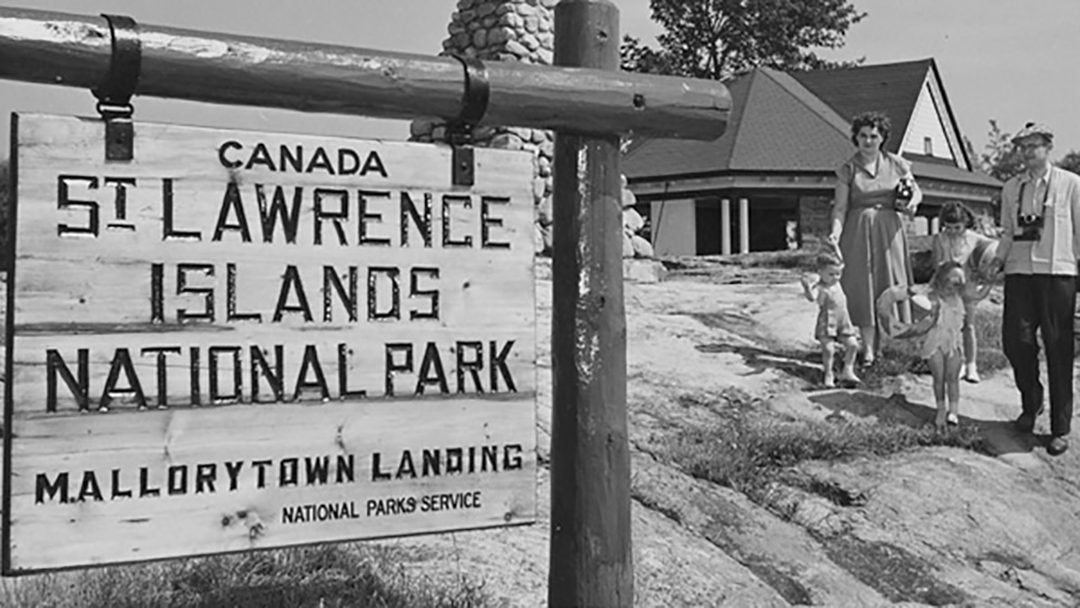
Though the Mallory family were hardly the first to step foot on the land.
First settlers were thought to have been hunting and fishing people who came over after the last glacial period around 10,000 years ago.
In 1979, a diver found a ceramic pot that was dated back 2,500 years, belonging to those of the Point Peninsula Culture, identified as Middle Woodland hunter-gatherer communities during the first millennium AD.
By the 17th century, the area was largely populated by the Onondaga group of the Iroquois nation, among others. They used the waters to fish for bass, pike and perch, while hunting for moose, deer, bears and racoons in the surrounding area.
However, it was not long before others started showing up and the tribes who called this land home for centuries were dragged into a war over the land to which neither disputing side had a just claim.
The Seven Years War, which lasted from 1754 to 1763, involved many clashes between the French and British armies along with multiple Indigenous tribes who were forced to take sides. Some siding with the French, some with the British.
The Battle of the Thousand Islands occurred between Aug. 16 and 23, 1760.
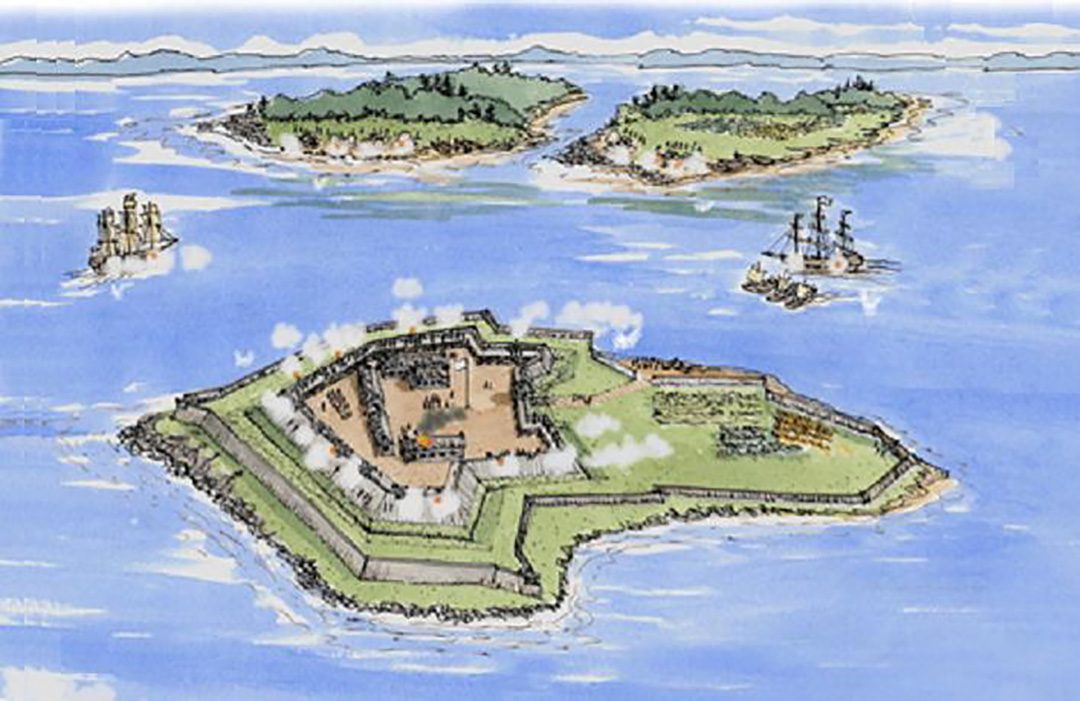
British forces advanced toward Quebec from the West and engaged in battle with the French at Fort Levis, a few miles east of what is known as Mallorytown today.
Greatly outnumbered, the French occupying the fort ultimately surrendered but not before sinking two British warships.
The remaining British forces made their way up the St. Lawrence into Quebec where Montreal was surrendered by New France’s governor, Marquis de Vaudreuil.
Today the waters of the St. Lawrence in the Thousand Islands area hide many sunken ships that divers come from all over to explore.
After the American Revolution in the years that followed, land in the area was granted to those who remained loyal to Britain during the war. They are referred to as United Empire Loyalists.
In 1872 a man came to the islands to visit a friend and enjoy a fishing trip. This simple act would see the Thousand Islands soar in popularity, attracting the rich and famous, who came and bought up land, and put up mansions, resorts, and castles. That man was American president Ulysses S. Grant.

With the presidential stamp of approval, the area became a hot spot for summer cottagers both rich and common.
Some were so rich, like industrial millionaire George C. Boldt, they could afford to build a castle instead of a cottage.

In 1900, construction began on Boldt Castle. The structure was designed to be a grand display of Boldt’s love for his wife Louise. Sadly, in 1904 construction of the building was halted by Boldt himself when his wife passed away suddenly.
Boldt never returned to the castle. It still stands on Heart Island as a monument to his love and is maintained by the Thousand Islands Bridge Authority (TIBA).
Over 100 years later, the Thousand Islands National Park remains a popular summer destination for people around the world looking to camp, cottage, fish, canoe or kayak, boat, tour and sightsee.
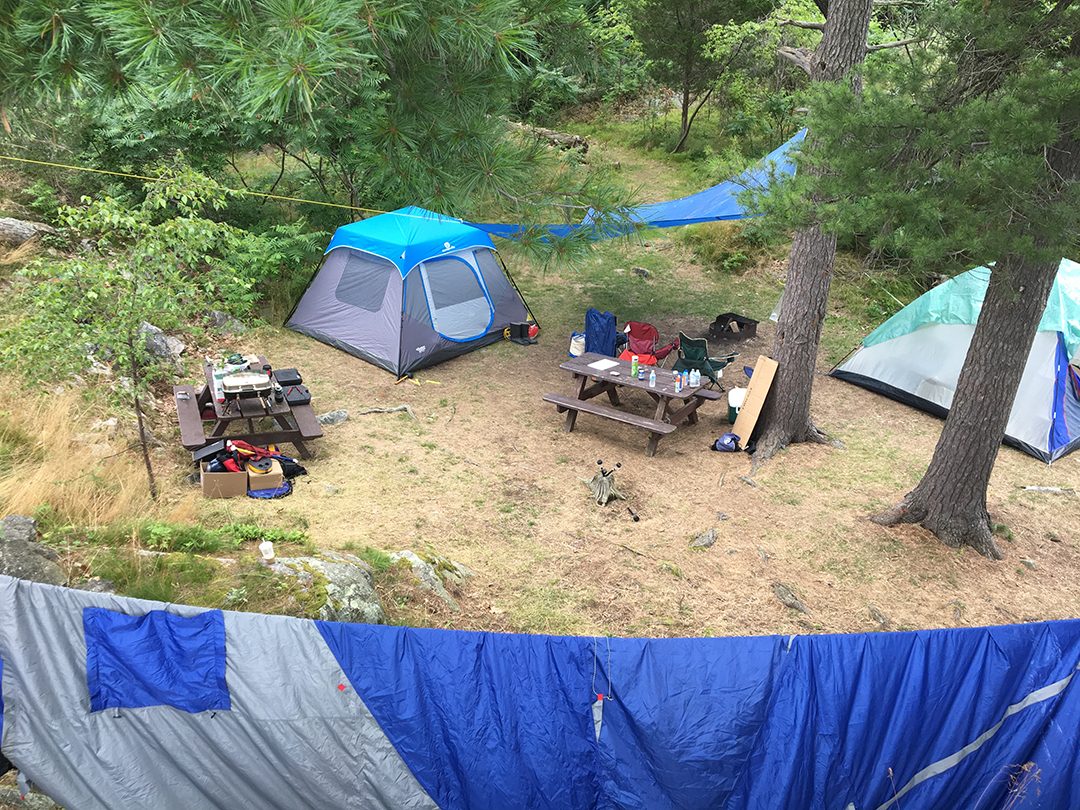
The islands and surrounding area are now encompassed by the Frontenac Arch Biosphere Region.
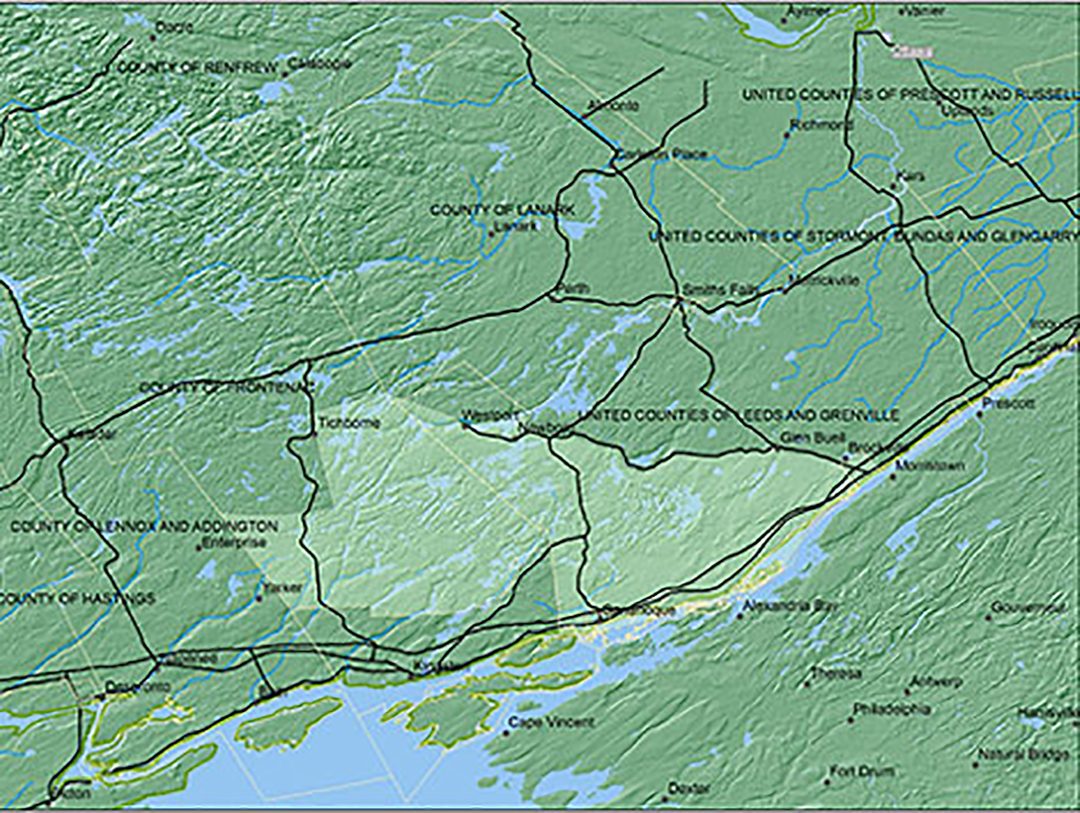
The region was designated by the United Nations Educational, Scientific and Cultural Organization (UNESCO) “Man and the Biosphere” program in 2002. The program helps improve human livelihood while protecting natural and managed ecosystems in the area.
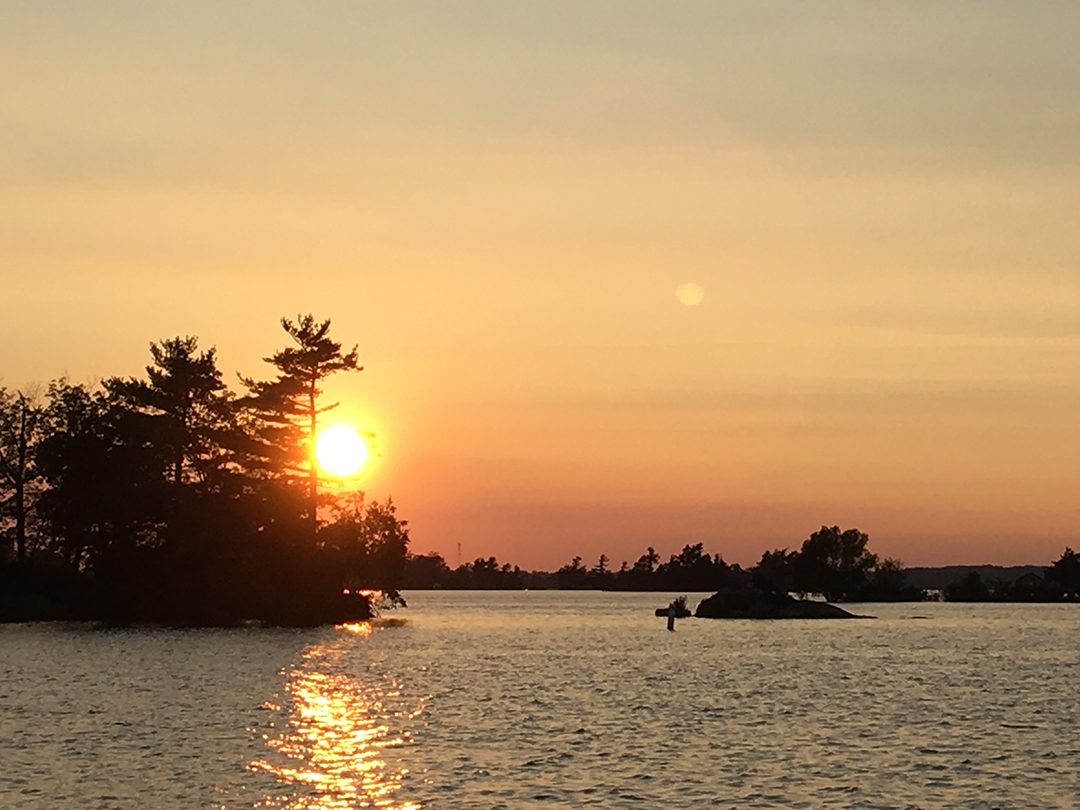
Much like the many ships and artifacts of a time once passed that lay beneath the waters of the Thousand Islands National Park, there is more to the park’s history than what appears on the surface.




